Method for manufacturing wireless charging device
Huang , et al. Feb
U.S. patent number 10,204,736 [Application Number 15/194,565] was granted by the patent office on 2019-02-12 for method for manufacturing wireless charging device. This patent grant is currently assigned to JJPLUS CORP.. The grantee listed for this patent is JJPLUS CORP.. Invention is credited to Ching-Hsing Huang, Cheng-Chung Lee.
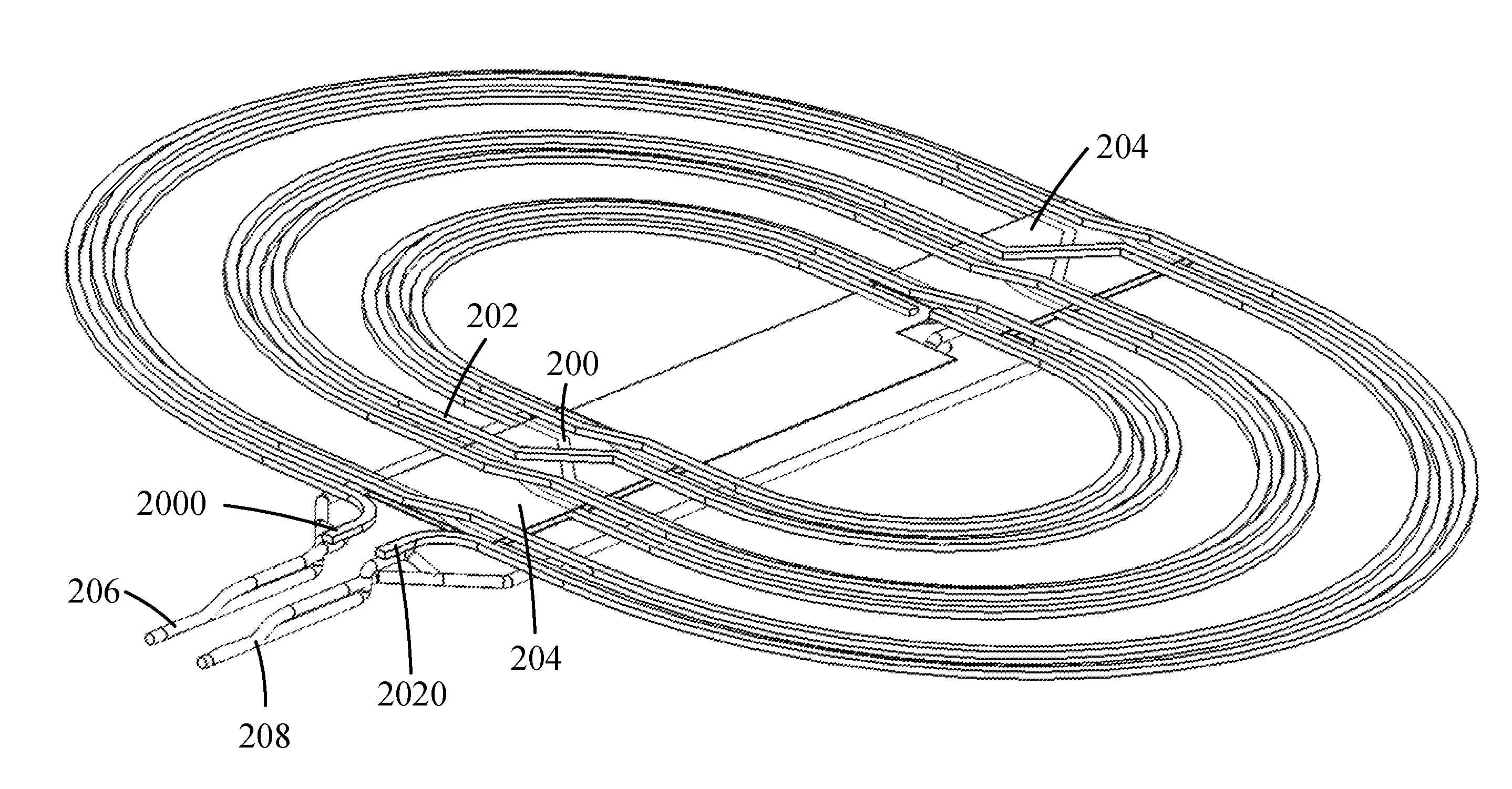
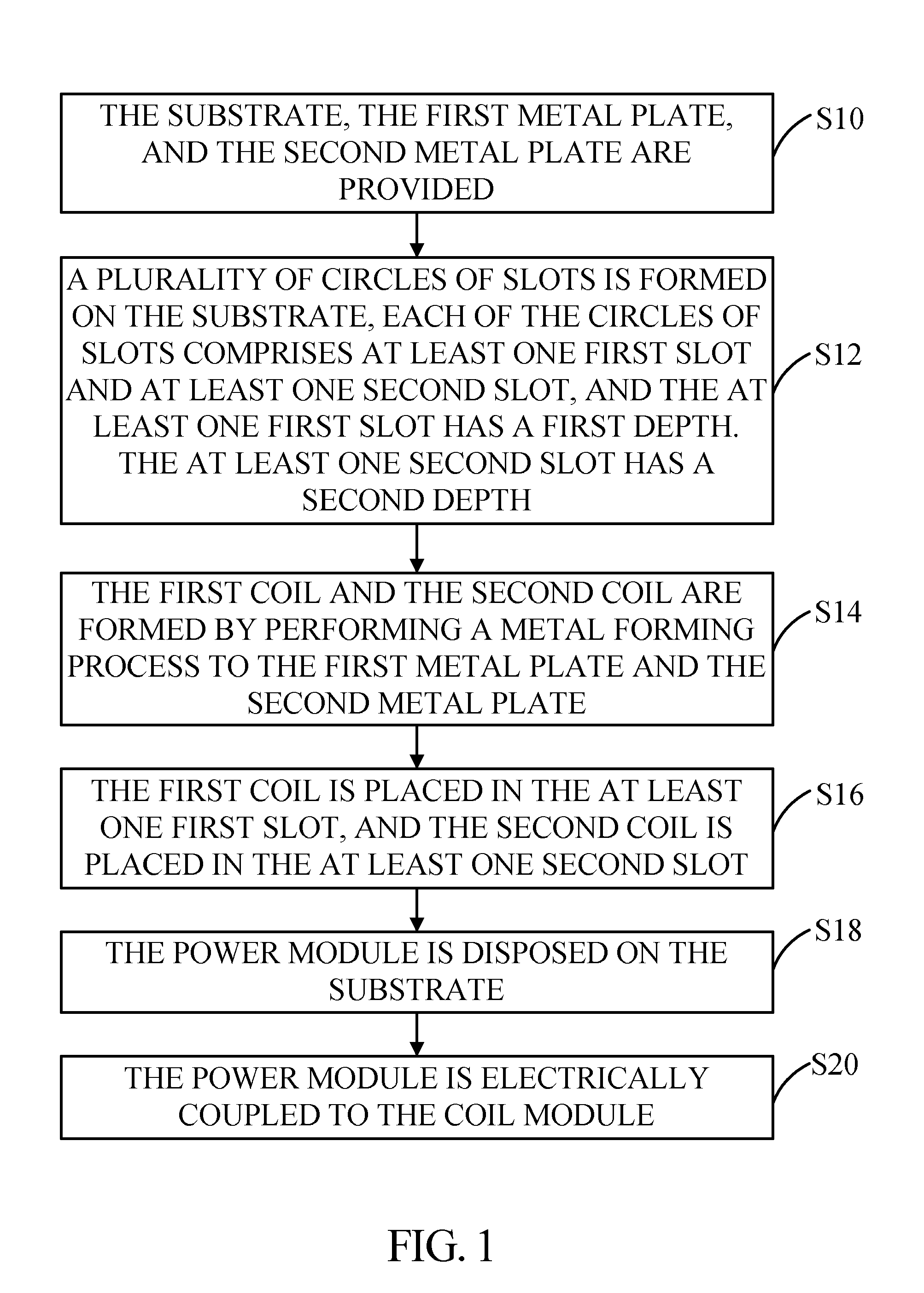
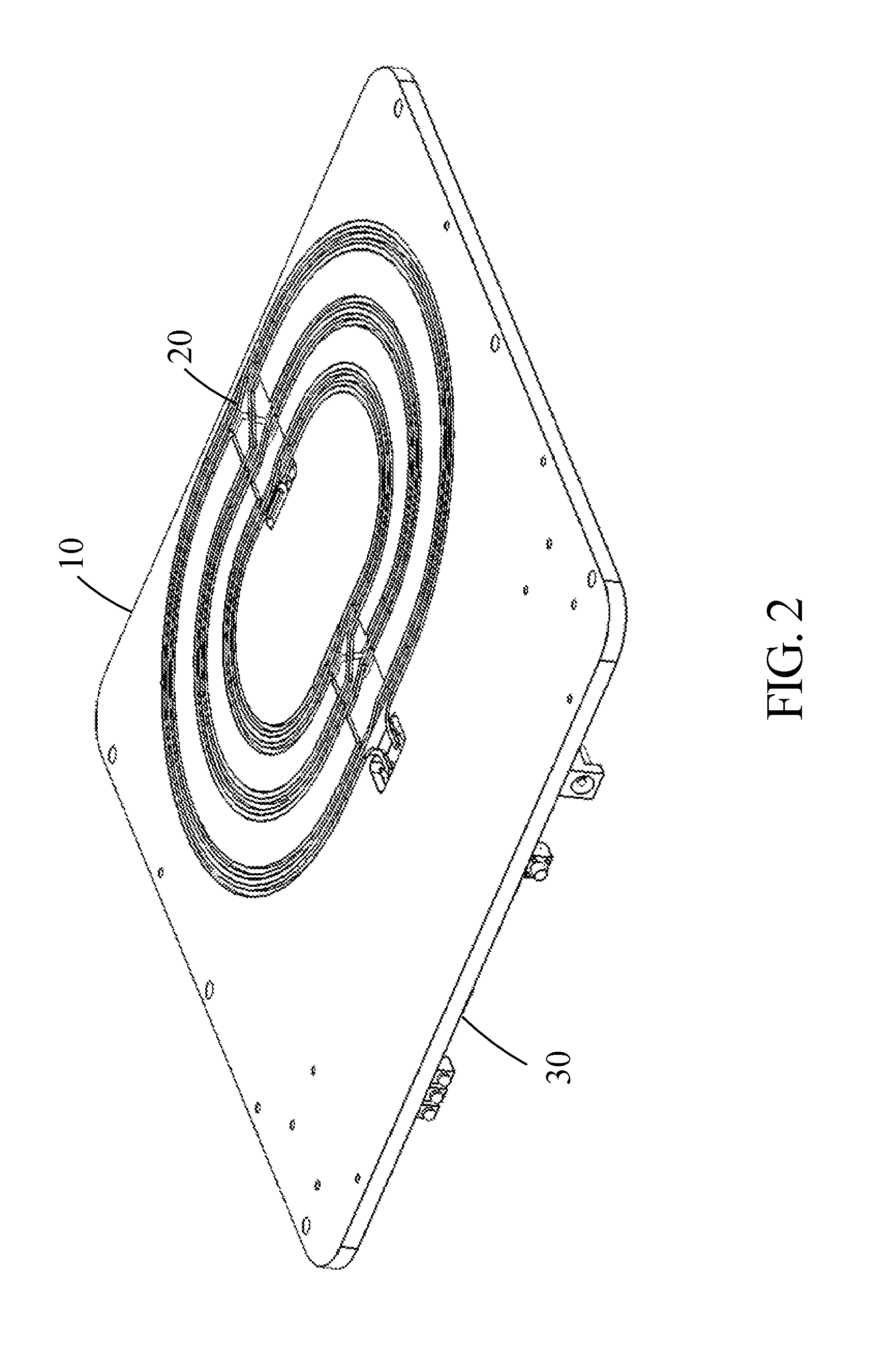
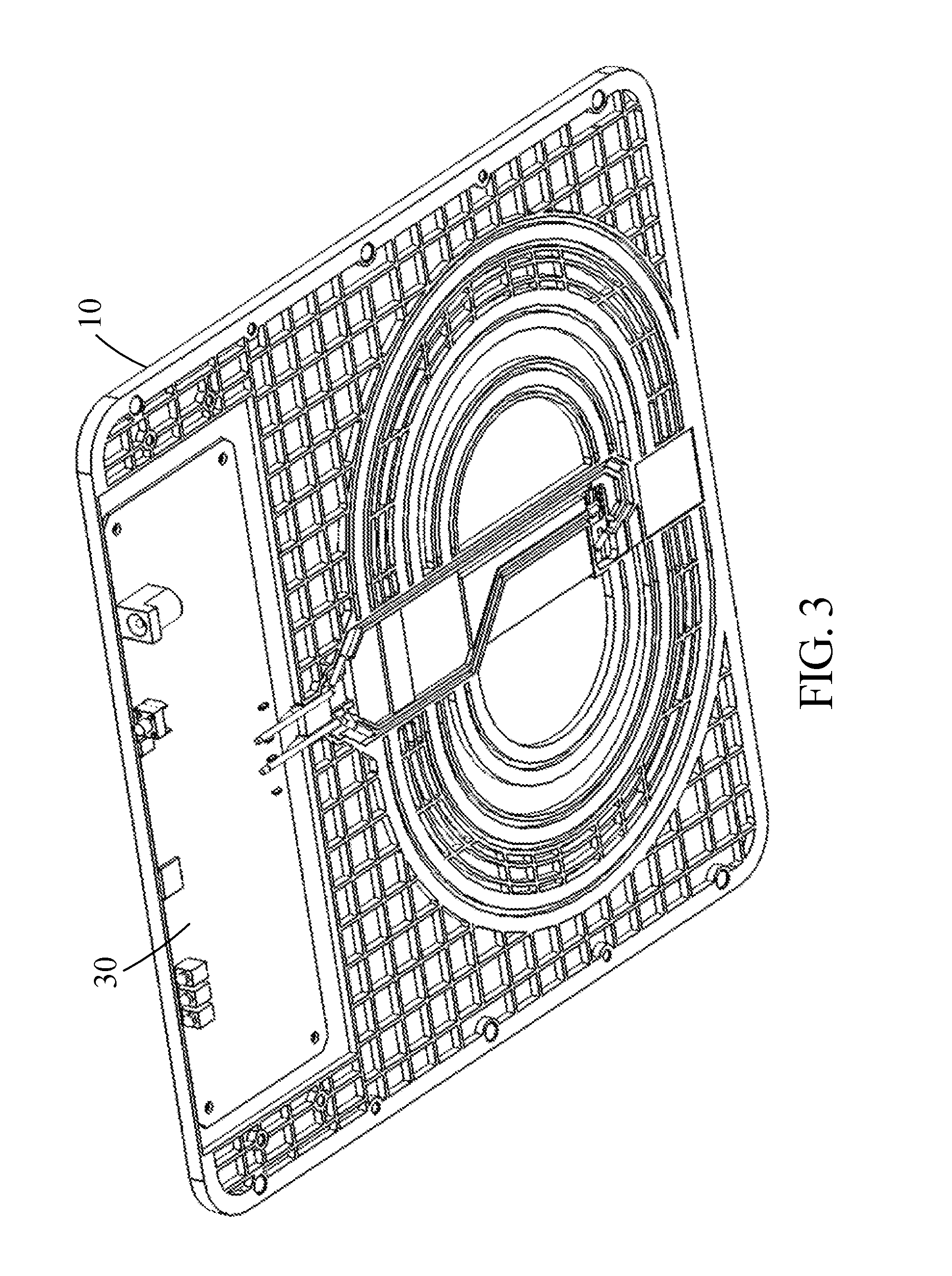
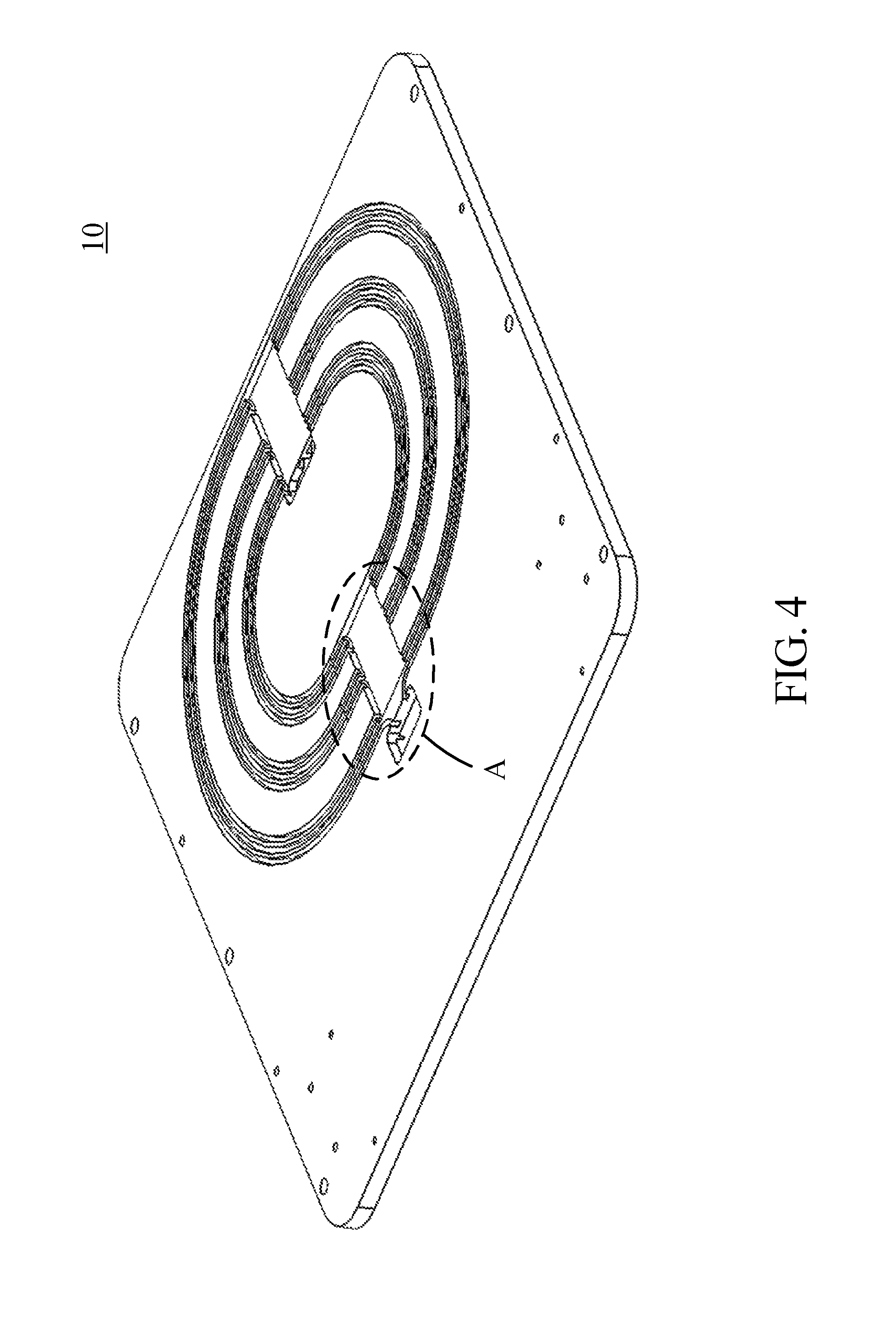
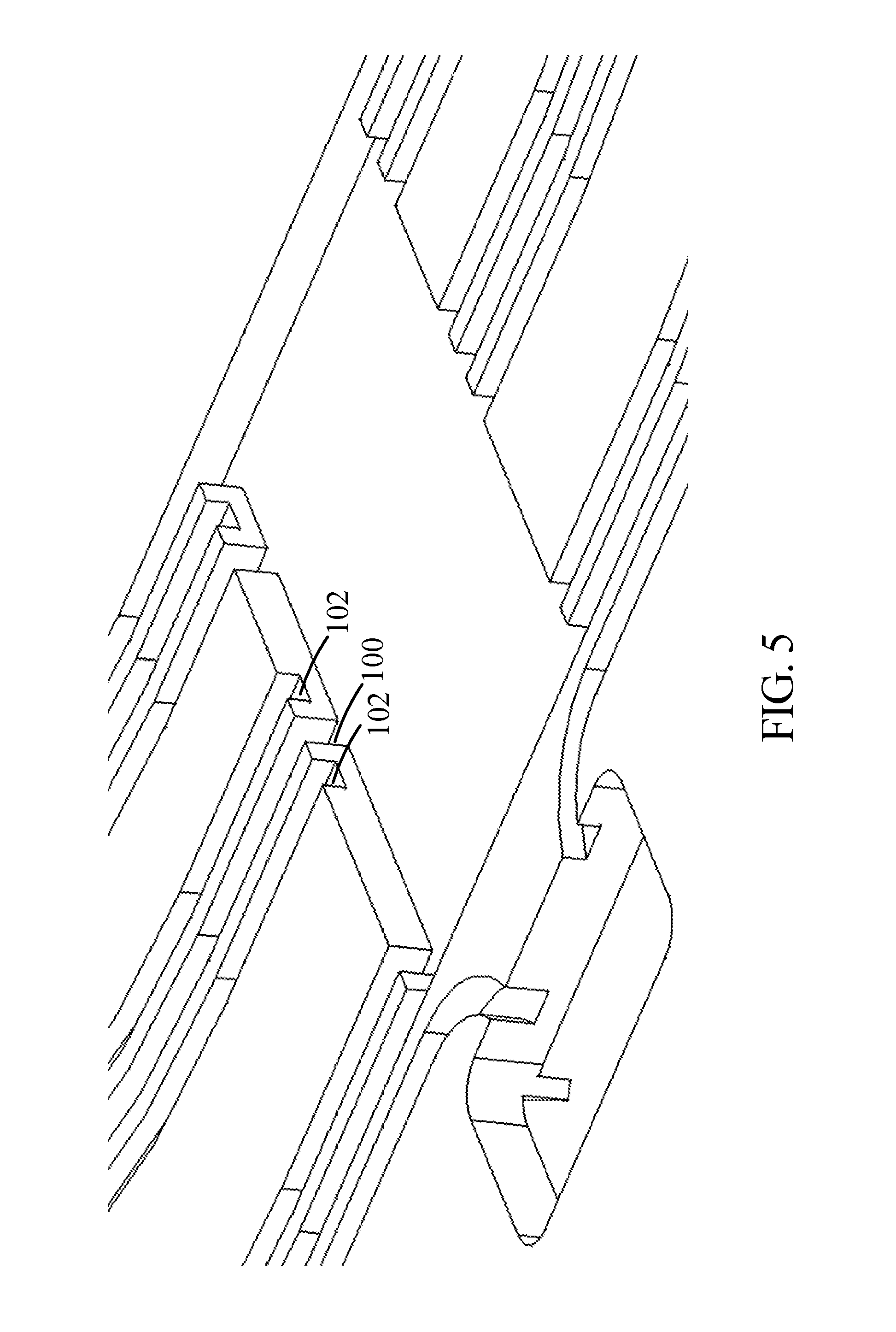
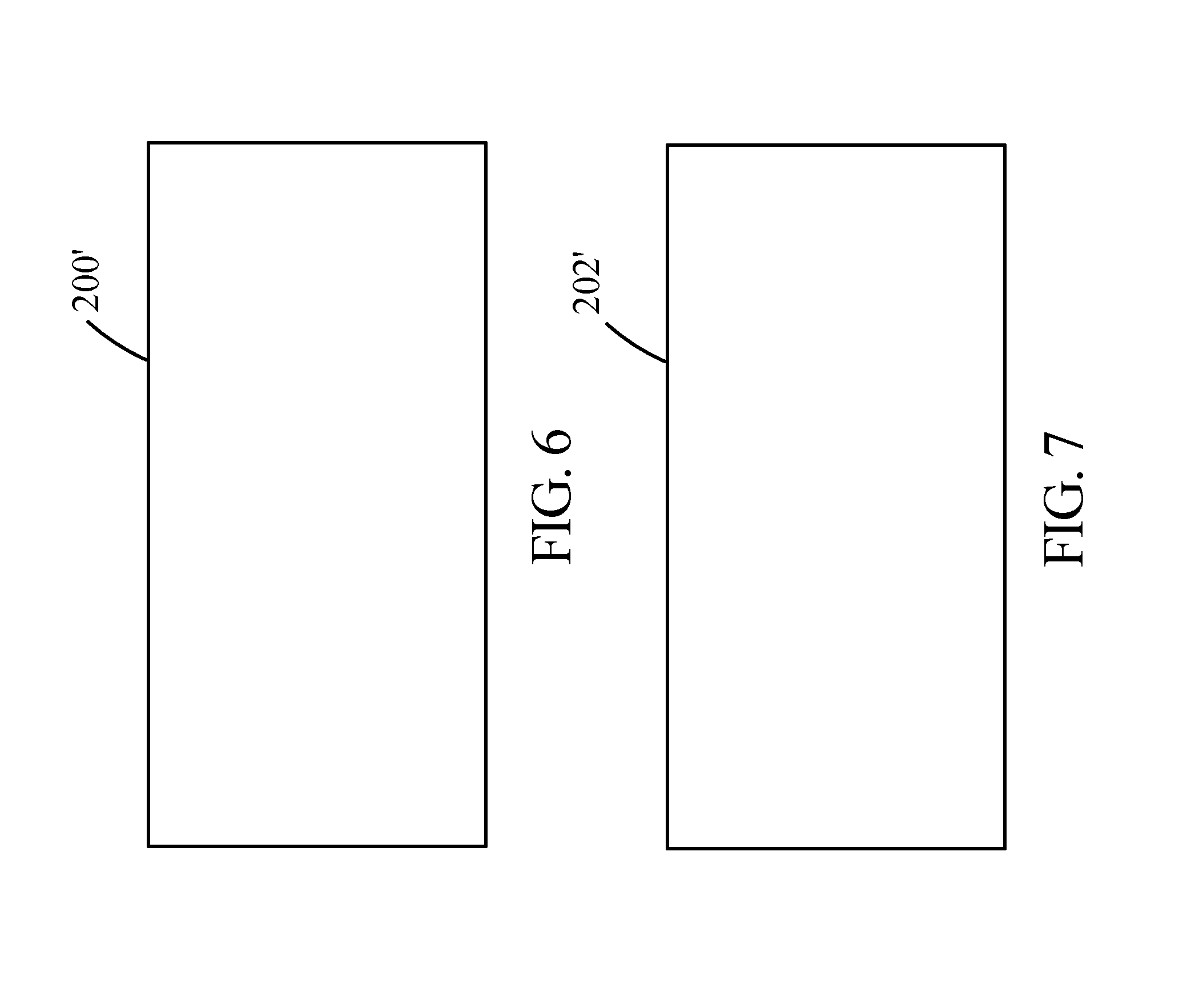
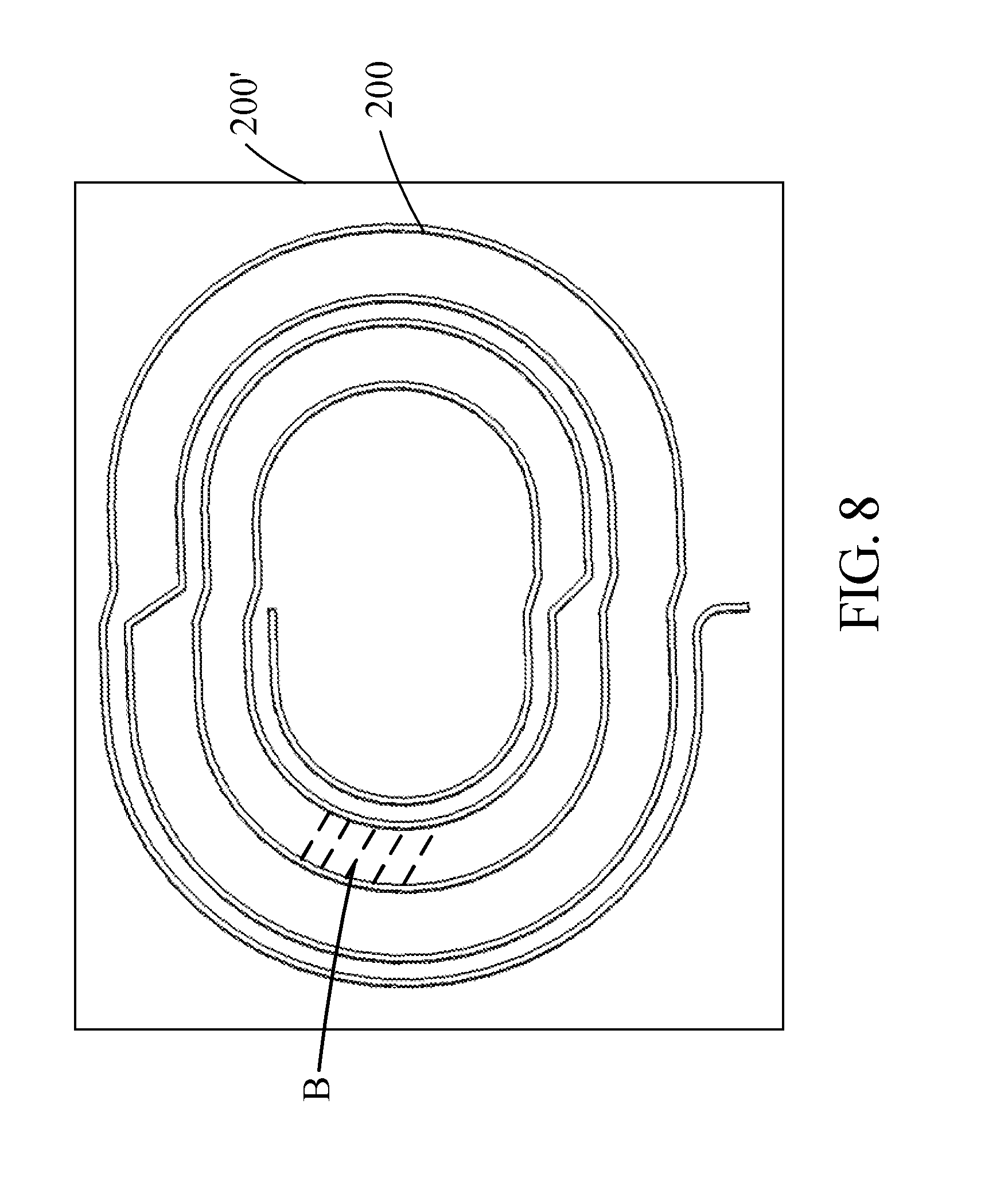
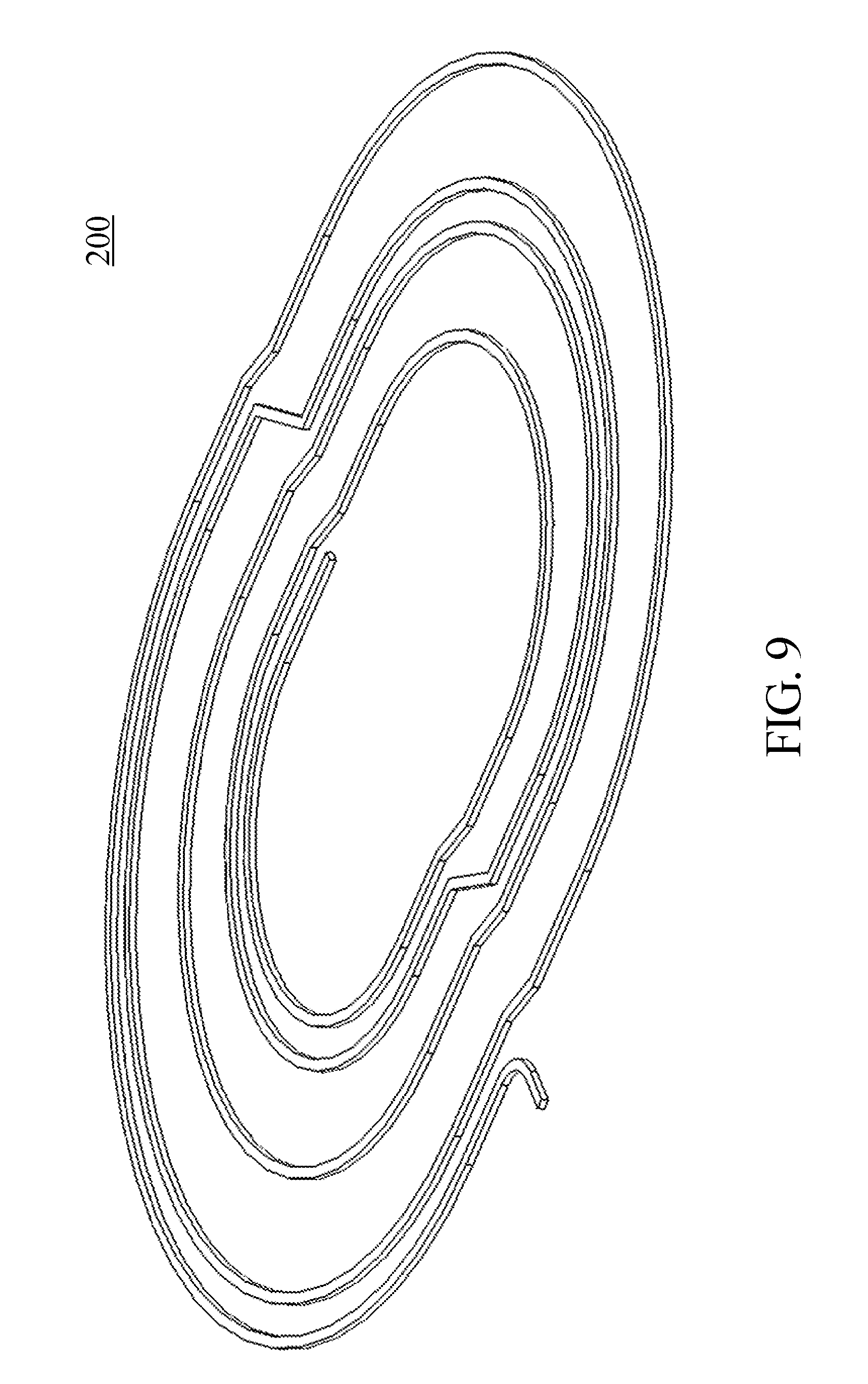
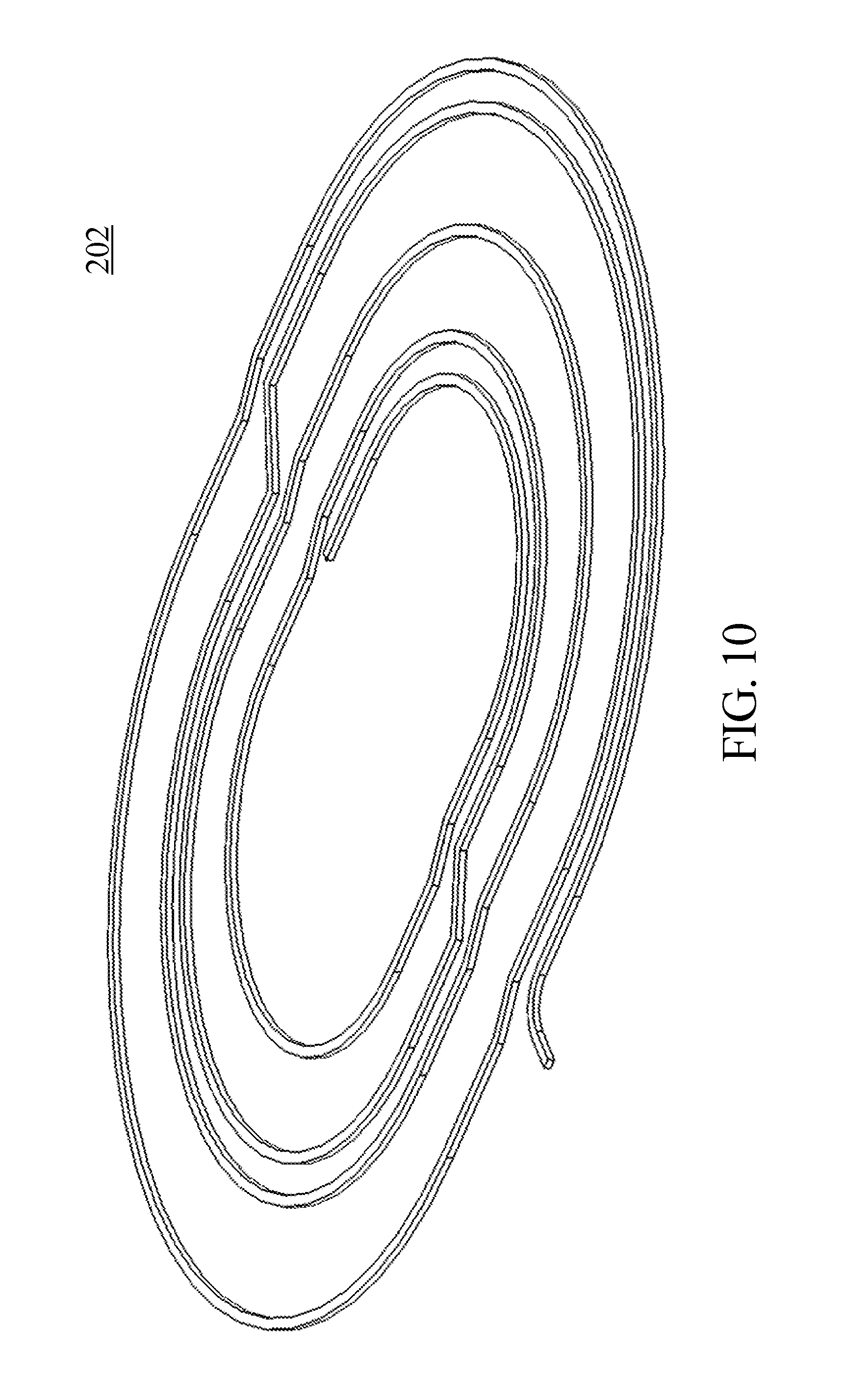
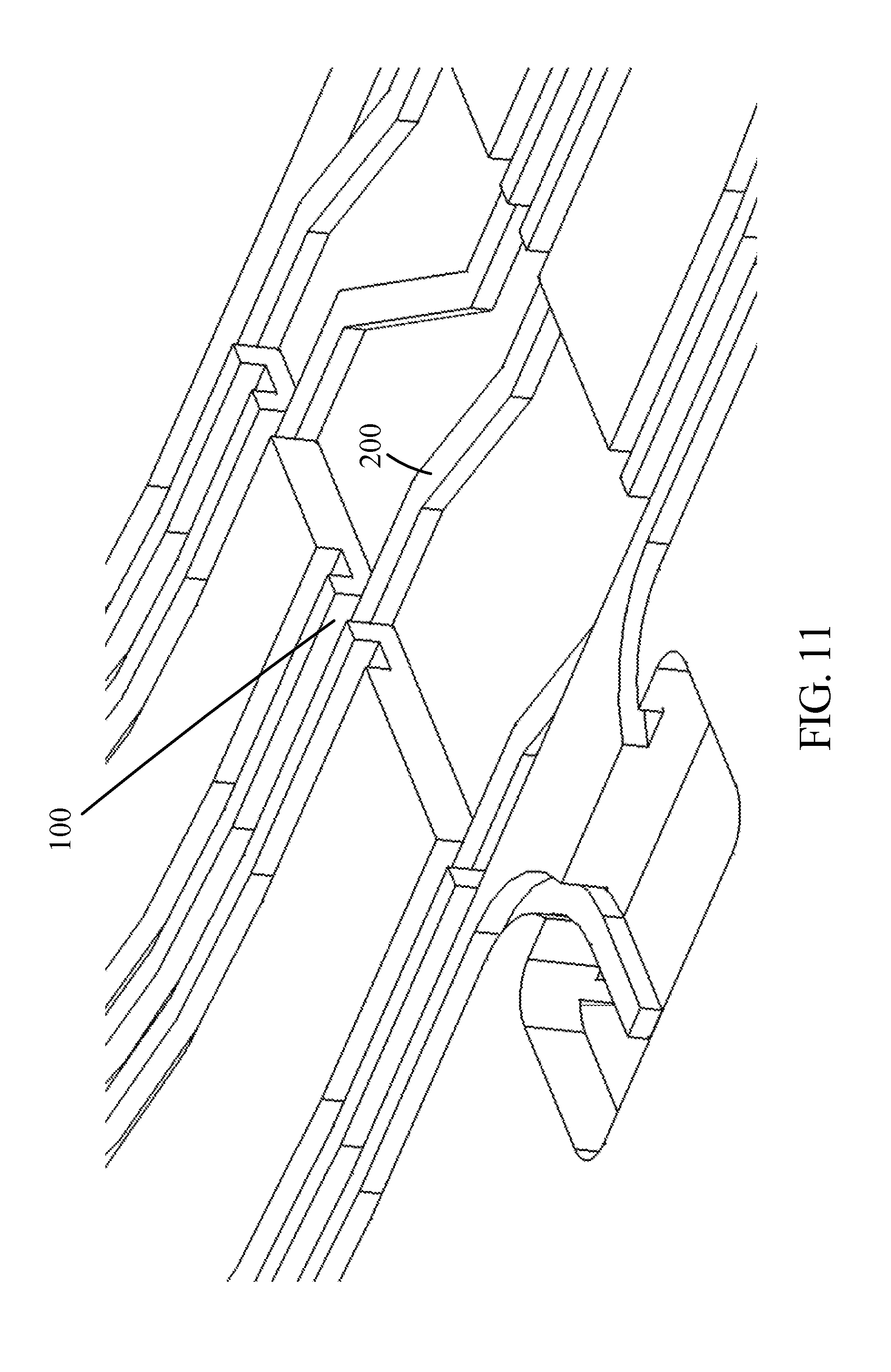
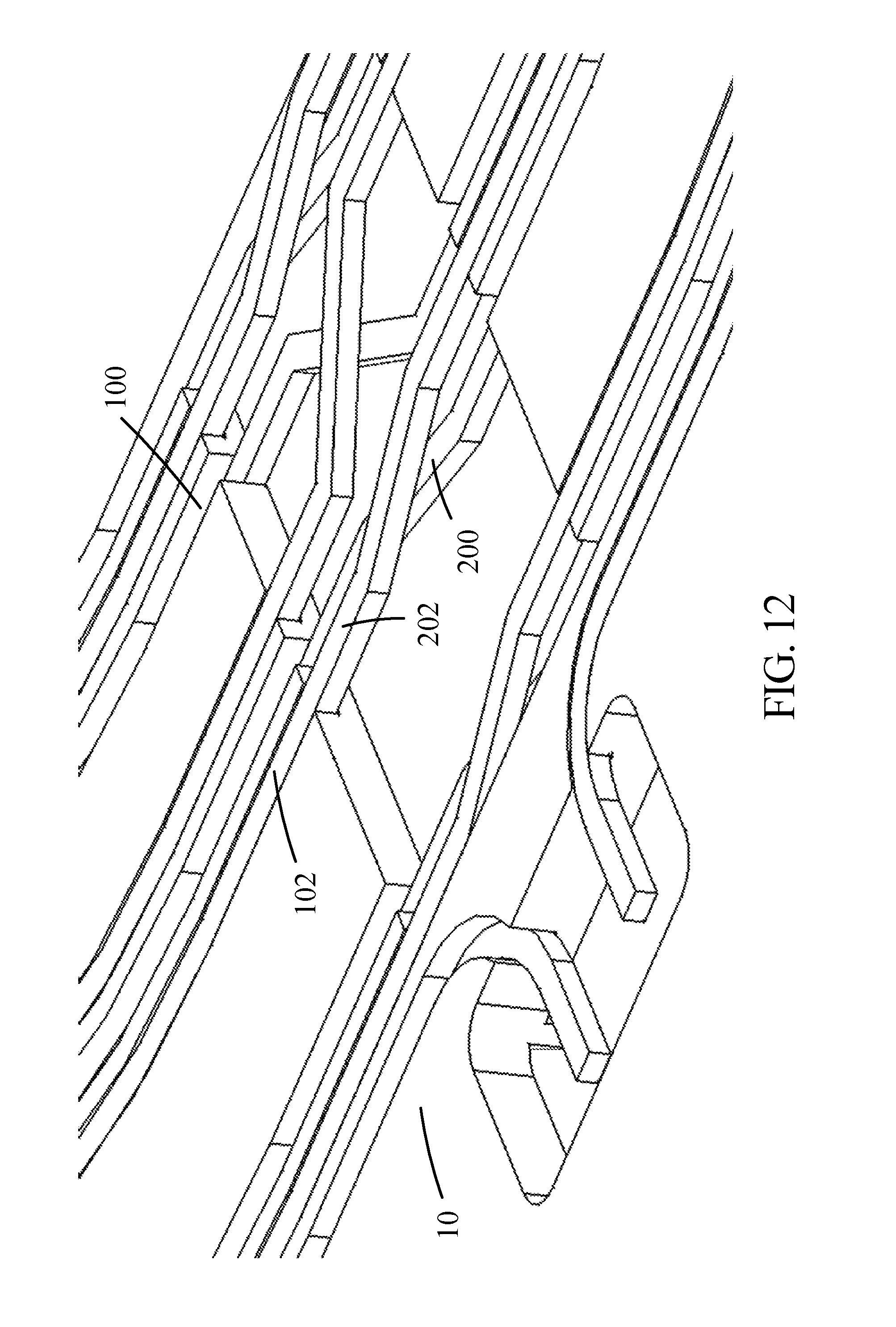
View All Diagrams
| United States Patent | 10,204,736 |
| Huang , et al. | February 12, 2019 |
Method for manufacturing wireless charging device
Abstract
A method for manufacturing a wireless charging device is disclosed. The method includes: providing a substrate, a first metal plate, and a second metal plate; forming a plurality of circles of slots, each of the circles of slots including at least one first slot and at least one second slot, the at least one first slot having a first depth, and the at least one second slot having a second depth; forming a first coil and a second coil by performing a metal forming process on the first metal plate and the second metal plate; and placing the first coil in the at least one first slot, and placing the second coil in the at least one second slot. In the method, the first coil and the second coil have good fixity and are easily to be assembled.
| Inventors: | Huang; Ching-Hsing (New Taipei, TW), Lee; Cheng-Chung (New Taipei, TW) | ||||||||||
|---|---|---|---|---|---|---|---|---|---|---|---|
| Applicant: |
|
||||||||||
| Assignee: | JJPLUS CORP. (New Taipei,
TW) |
||||||||||
| Family ID: | 59498331 | ||||||||||
| Appl. No.: | 15/194,565 | ||||||||||
| Filed: | June 28, 2016 |
Prior Publication Data
| Document Identifier | Publication Date | |
|---|---|---|
| US 20170229238 A1 | Aug 10, 2017 | |
Foreign Application Priority Data
| Feb 5, 2016 [TW] | 105104082 A | |||
| Current U.S. Class: | 1/1 |
| Current CPC Class: | H01F 41/04 (20130101); H01F 27/303 (20130101); H01F 41/041 (20130101); H05K 3/32 (20130101); H02J 7/025 (20130101); H01F 27/2847 (20130101); H01F 38/14 (20130101) |
| Current International Class: | H01F 7/06 (20060101); H02J 7/02 (20160101); H01F 41/04 (20060101); H05K 3/32 (20060101); H01F 27/30 (20060101); H01F 27/28 (20060101); H01F 38/14 (20060101) |
References Cited [Referenced By]
U.S. Patent Documents
| 2584592 | February 1952 | Heinz |
| 7952322 | May 2011 | Partovi |
| 9209627 | December 2015 | Baarman |
| 9325187 | April 2016 | Lee |
| 9449754 | September 2016 | Graham |
| 9762083 | September 2017 | Nam |
| 2012/0049991 | March 2012 | Baarman et al. |
| 2015/0054457 | February 2015 | Kim |
| 2016/0056659 | February 2016 | Ma |
| M433676 | Jul 2012 | TW | |||
| M493705 | Jan 2015 | TW | |||
| M511158 | Oct 2015 | TW | |||
Attorney, Agent or Firm: Hauptman Ham, LLP
Claims
What is claimed is:
1. A method for manufacturing a wireless charging device, comprising: providing a substrate, a first metal plate, and a second metal plate; forming a plurality of circles of slots on the substrate, each of the circles of slots comprising at least one first slot and at least one second slot, the at least one first slot having a first depth, and the at least one second slot having a second depth; forming a first coil and a second coil by performing a metal forming process on the first metal plate and the second metal plate; and placing the first coil in the at least one first slot, disposing at least one insulating spacer on the first coil, and placing the second coil in the at least one second slot.
2. The method for manufacturing the wireless charging device according to claim 1, after the step of placing the first coil in the at least one first slot, and placing the second coil in the at least one second slot, the method further comprising: disposing a power module on the substrate.
3. The method for manufacturing the wireless charging device according to claim 2, after the step of disposing the power module on the substrate, the method further comprising: electrically coupling the power module to the first coil and the second coil.
4. The method for manufacturing the wireless charging device according to claim 3, wherein the first coil has a first terminal, the second coil has a first terminal, and the step of electrically coupling the power module to the first coil and the second coil comprises: electrically coupling the first terminal of the first coil to a first leading-out terminal; electrically coupling the first terminal of the second coil to a second leading-out terminal; and electrically coupling the first leading-out terminal and the second leading-out terminal to the power module.
5. The method for manufacturing the wireless charging device according to claim 1, wherein the first metal plate comprises a plurality of areas to be removed, the second metal plate comprises a plurality of areas to be removed, and the step of forming the first coil and the second coil by performing the metal forming process on the first metal plate and the second metal plate comprises: forming the first coil by stamping the areas to be removed of the first metal plate in sequence; and forming the second coil by stamping the areas to be removed of the second metal plate in sequence.
6. The method for manufacturing the wireless charging device according to claim 1, wherein the at least one first slot and at least one second slot of each of the circles of slots are alternately disposed.
7. The method for manufacturing the wireless charging device according to claim 1, wherein the circles of slots are in a spiral shape.
8. The method for manufacturing the wireless charging device according to claim 1, wherein the first coil and the second coil are in a spiral shape.
9. The method for manufacturing the wireless charging device according to claim 8, wherein the first coil and the second coil are symmetric with each other.
10. The method for manufacturing the wireless charging device according to claim 1, wherein the first depth is different from the second depth.
Description
CROSS REFERENCE TO RELATED APPLICATION
This application claims the priority of Taiwanese Patent Application No. 105104082, filed on Feb 5, 2016 in the TIPO (Taiwanese Intellectual Property Office).
TECHNICAL FIELD OF THE INVENTION
The present invention relates to a wireless charging field, and more particularly to a method for manufacturing a wireless charging device.
BACKGROUND OF THE INVENTION
Wireless charging, which is also called non-contact inductive charging, transfers energy from a charging device to an electronic device (to be charged) in an inductive coupling method. The electronic device charges a battery therein after the electronic device receives the energy. The energy is transferred from the charging device to the electronic device in the inductive coupling method. A connection cable is not required between the charging device and the electronic device. As a result, the wireless charging is more convenient than charging with a cable.
In a conventional wireless charging device comprising a coil, the coil is disposed in a slot of a substrate. However, the space of the slot is designed according to the outer shape of the coil for containing the coil. The space is not designed according to each of circles of the coil. Accordingly, the fixity of the coil is poor.
Furthermore, in a conventional wireless charging device comprising a plurality of coils, the coils are stacked on slots of a substrate. However, since the coils cannot be easily bent, the coils cannot be easily assembled when the coils are stacked on the slots of the substrate.
Consequently, there is a need to provide a method for manufacturing a wireless charging device to solve the above-mentioned problems that the fixity of the coil is poor and the coils cannot be easily assembled in the prior art.
SUMMARY OF THE INVENTION
An objective of the present invention is to provide a method for manufacturing a wireless charging device which can solve the above-mentioned problems that the fixity of the coil is poor and the coils cannot be easily assembled in the prior art.
The method for manufacturing the wireless charging device of the present invention comprises: providing a substrate, a first metal plate, and a second metal plate; forming a plurality of circles of slots on the substrate, each of the circles of slots comprising at least one first slot and at least one second slot, the at least one first slot having a first depth, and the at least one second slot having a second depth; forming a first coil and a second coil by performing a metal forming process on the first metal plate and the second metal plate; and placing the first coil in the at least one first slot, and placing the second coil in the at least one second slot.
In one preferred embodiment, after the step of placing the first coil in the at least one first slot, and placing the second coil in the at least one second slot, the method further comprises: disposing a power module on the substrate.
In one preferred embodiment, after the step of disposing the power module on the substrate, the method further comprises: electrically coupling the power module to the first coil and the second coil.
In one preferred embodiment, the first coil has a first terminal, and the second coil has a first terminal. The step of electrically coupling the power module to the first coil and the second coil comprises: electrically coupling the first terminal of the first coil to a first leading-out terminal; electrically coupling the first terminal of the second coil to a second leading-out terminal; and electrically coupling the first leading-out terminal and the second leading-out terminal to the power module.
In one preferred embodiment, the first metal plate comprises a plurality of areas to be removed, and the second metal plate comprises a plurality of areas to be removed. The step of forming the first coil and the second coil by performing the metal forming process on the first metal plate and the second metal plate comprises: forming the first coil by stamping the areas to be removed of the first metal plate in sequence; and forming the second coil by stamping the areas to be removed of the second metal plate in sequence.
In one preferred embodiment, the first coil and the second coil are formed by a metal forming method in which a metal injection molding process is performed on the first metal plate and the second metal plate.
In one preferred embodiment, after the step of placing the first coil in the at least one first slot, the method further comprises: disposing at least one insulating spacer on the first coil.
In one preferred embodiment, the at least one first slot and at least one second slot of each of the circles of slots are alternately disposed.
In one preferred embodiment, the circles of slots are in a spiral shape.
In one preferred embodiment, the first coil and the second coil are in a spiral shape.
In one preferred embodiment, the first coil and the second coil are symmetric with each other.
In one preferred embodiment, the first depth is different from the second depth.
In the method for manufacturing the wireless charging device in accordance with the present invention, since the first coil and the second coil are respectively placed in the slots which have different depths, the first coil and the second coil have good fixity when they are assembled on the substrate. Furthermore, the first coil and the second coil can be modularized, and thus the manufacturing cost of the wireless charging device can be significantly reduced.
BRIEF DESCRIPTION OF THE DRAWINGS
FIG. 1 shows a flowchart of a method for manufacturing a wireless charging device in accordance with an embodiment of the present invention.
FIG. 2 shows a perspective view of the wireless charging device which is manufactured by the method provided in accordance with the present invention.
FIG. 3 shows another view of the wireless charging device.
FIG. 4 shows a perspective view of the substrate.
FIG. 5 shows an enlarged view of an area A in FIG. 4.
FIG. 6 and FIG. 7 respectively show a first metal plate and a second metal plate.
FIG. 8 shows that an area B of the first metal plate is stamped.
FIG. 9 and FIG. 10 respectively show a first coil and a second coil.
FIG. 11 shows a partial enlarged view in which the first coil is placed in the at least one first slot.
FIG. 12 shows a partial enlarged view in which the first coil and the second coil are placed in the substrate.
FIG. 13 shows that the coil module further comprises at least one insulating spacer.
FIG. 14 shows the power module in FIG. 3.
DETAILED DESCRIPTION OF THE INVENTION
Please refer to FIG. 1 to FIG. 3. FIG. 1 shows a flowchart of a method for manufacturing a wireless charging device in accordance with an embodiment of the present invention. FIG. 2 shows a perspective view of the wireless charging device which is manufactured by the method provided in accordance with the present invention. FIG. 3 shows another view of the wireless charging device.
As shown in FIG. 2 and FIG. 3, the wireless charging device of the present invention mainly comprises a substrate 10, a coil module 20, and a power module 30.
The coil module 20 is disposed on the substrate 10. The power module 30 is disposed on the substrate 10 and electrically coupled to the coil module 20. The power module 30 is utilized for providing power for the coil module 20. In the present embodiment, the coil module 20 and the power module 30 are respectively disposed on two surfaces of the substrate 10. In another embodiment, the coil module 20 and the power module 30 can be disposed on the same surface of the substrate 10.
Please refer to FIG. 1 to FIG. 10. FIG. 4 shows a perspective view of the substrate 10. FIG. 5 shows an enlarged view of an area A in FIG. 4. FIG. 6 shows a first metal plate 200'. FIG. 7 shows a second metal plate 202'. FIG. 8 shows that an area B of the first metal plate 200' is stamped. FIG. 9 shows a first coil 200. FIG. 10 shows a second coil 202. The coil module 20 comprises the first coil 200 and the second coil 202.
In step S10, the substrate 10, the first metal plate 200', and the second metal plate 200' are provided.
In step S12, a plurality of circles of slots is formed on the substrate 10. Each of the circles of slots comprises at least one first slot 100 and at least one second slot 102. The at least one first slot 100 has a first depth. The at least one second slot 102 has a second depth. The first depth is different from the second depth. In the embodiment of FIG. 5, the first depth of the at least one first slot 100 is greater than the second depth of the at least one second slot 102.
As shown in FIG. 4, the substrate 10 is in a flat-plate shape and in a substantially rectangular shape. However, the shape of the substrate 10 is not limited thereto. There are there circles of slots formed on the substrate 10. The three circles of slots are in a substantially spiral shape. Furthermore, it can be seen from FIG. 5 that the at least one first slot 100 and the at least one second slot 102 of each of the circles of slots are alternately disposed.
In step S14, the first coil 200 in FIG. 9 and the second coil 202 in FIG. 10 are formed by performing a metal forming process on the first metal plate 200' in FIG. 6 and the second metal plate 202' in FIG. 7. For example, the first coil 200 in FIG. 9 is formed by stamping the first metal plate 200' in FIG. 6, and the second coil 202 in FIG. 10 is formed by stamping the second metal plate 202' in FIG. 7. In one preferred embodiment, the first metal plate 200' and the second metal plate 202' are copper plates. As shown in FIG. 9, the first coil 200 is in a substantially spiral shape. That is, the first metal plate 200' in FIG. 6 is stamped to be the first coil 200 which is in the spiral shape in FIG. 9. For example, the material in the area B in FIG. 8 is removed by stamping the area B. Then, the material in other areas required to be removed is stamped, so that the first coil 200 is in the spiral shape. That is, the first metal plate 200' comprises a plurality of areas to be removed (e.g. the area B). The first coil 200 is formed by stamping these areas to be removed in sequence. The first coil 200 in FIG. 9 is formed after the blank areas in the first metal plate 200' in FIG. 8 are removed.
In the same manner, the second metal plate 202' in FIG. 7 is stamped to be the second coil 202 which is in the spiral shape in FIG. 10. That is, the second metal plate 202' comprises a plurality of areas to be removed. The second coil 202 is formed by stamping these areas to be removed in sequence.
Furthermore, in another embodiment, the first coil 200 and the second coil 202 can be formed by a metal forming method in which a metal injection molding (MIM) process is performed on the first metal plate 200' and the second metal plate 202'.
As shown in FIG. 9 and FIG. 10, the first coil 200 and the second coil 202 are in a substantially spiral shape, and the first coil 200 and the second coil 202 are symmetric with each other. Specifically, the shape of the first coil 200 and the shape of the second coil 202 respectively correspond to the shape of the at least one first slot 100 and the shape of the at least one second slot 102.
Please refer to FIG. 1, FIG. 11, and FIG. 12. FIG. 11 shows a partial enlarged view in which the first coil 200 is placed in the at least one first slot 100. FIG. 12 shows a partial enlarged view in which the first coil 200 and the second coil 202 are placed in the substrate 10.
In step S16, as shown in FIG. 11, the first coil 200 is placed in the at least one first slot 100. Then, as shown in FIG. 12, the second coil 202 is placed in the at least one second slot 102. Since the first coil 200 and the second coil 202 are respectively placed in the at least one first slot 100 and the at least one second slot 102 which have different depths, the first coil 200 and the second coil 202 can be fixedly placed in the substrate 10.
Please refer to FIG. 1 and FIG. 13. FIG. 13 shows that the coil module further comprises at least one insulating spacer 204.
In the above-mentioned step S16, after the step of placing the first coil 200 in the at least one first slot 100, the method for manufacturing the wireless charging device in accordance with the present invention further comprises the step of disposing the at least one insulating spacer 204 on the first coil 200. The at least one insulating spacer 204 is disposed between the first coil 200 and the second coil 202, so that the first coil 200 and the second coil 202 are electrically insulated from each other.
Please refer to FIG. 1 to FIG. 3, FIG. 13, and FIG. 14. FIG. 14 shows the power module 30 in FIG. 3.
In step S18, the power module 30 is disposed on the substrate 10. As mentioned above, the power module 30, the first coil 200, and the second coil 202 can be disposed on the same surface or opposite surfaces of the substrate 10.
In step S20, the power module 30 is electrically coupled to the coil module 20 (that is, electrically coupled to the first coil 200 and the second coil 202). As shown in FIG. 13, the first coil 200 has a first terminal 2000, and the second coil 202 has a first terminal 2020. Step S18 specifically comprises: electrically coupling the first terminal 2000 of the first coil 200 to a first leading-out terminal 206; electrically coupling the first terminal 2020 of the second coil 200 to a second leading-out terminal 208; and electrically coupling the first leading-out terminal 206 and the second leading-out terminal 208 to the power module 30.
When the first coil 200 and the second coil 202 receive power from the power module 30, the first coil 200 and the second coil 202 transfer energy to a device to be charged for charging the device.
As shown in FIG. 14, the power module 30 comprises two terminals 300, 302, a power connector 304, and at least one indicator 306.
The two terminals 300 and 302 are respectively electrically coupled to the first leading-out terminal 206 and the second leading-out terminal 208 in FIG. 10. The power connector 304 is electrically coupled to a power source (not shown) for providing energy which is required when the first coil 200 and the second coil 202 are inductively coupled. The at least one indicator 306 is utilized for indicating a working state of the wireless charging device. For example, the at least one indicator 306 may be a light emitting diode (LED). The at least one indicator 306 which is lit on represents a charging state.
In summary, in the method for manufacturing the wireless charging device in accordance with the present invention, since the first coil and the second coil are respectively placed in the slots which have different depths, the first coil and the second coil have good fixity when they are assembled on the substrate. Furthermore, the first coil and the second coil can be modularized, and thus the manufacturing cost of the wireless charging device can be significantly reduced.
While the preferred embodiments of the present invention have been illustrated and described in detail, various modifications and alterations can be made by persons skilled in this art. The embodiment of the present invention is therefore described in an illustrative but not restrictive sense. It is intended that the present invention should not be limited to the particular forms as illustrated, and that all modifications and alterations which maintain the spirit and realm of the present invention are within the scope as defined in the appended claims.
* * * * *
D00000

D00001

D00002

D00003

D00004

D00005

D00006

D00007

D00008

D00009

D00010

D00011

D00012
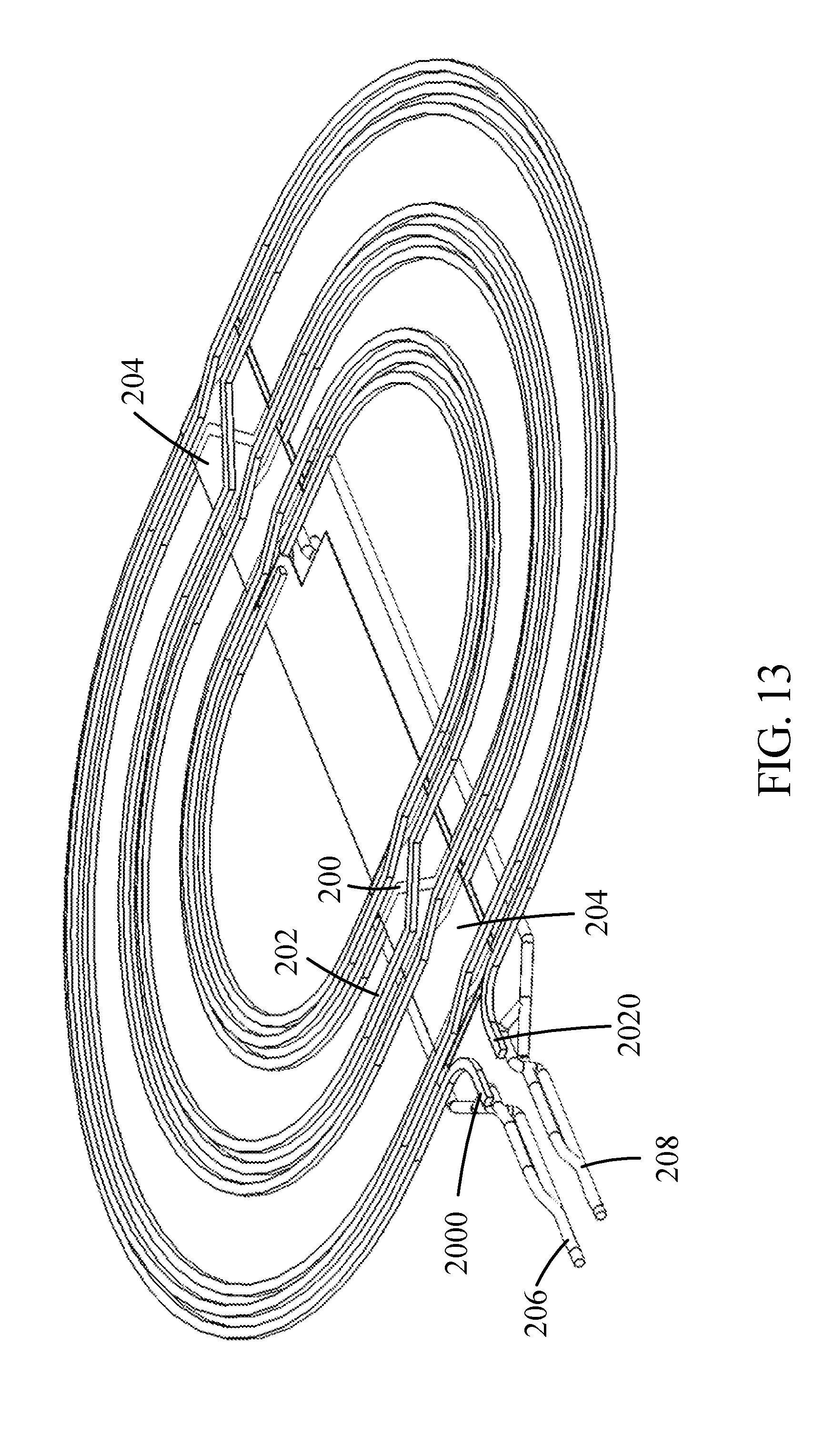
D00013
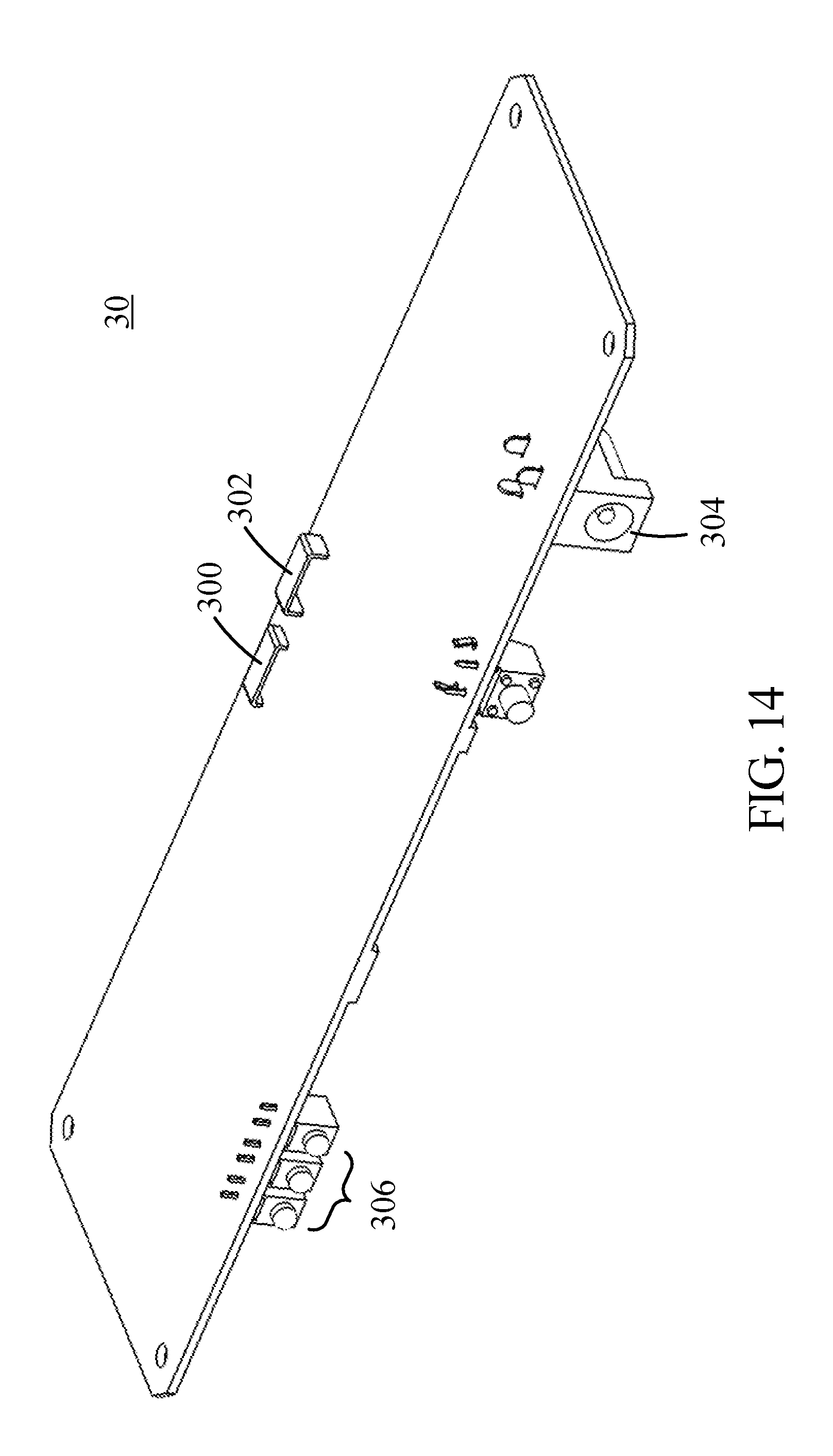
XML
uspto.report is an independent third-party trademark research tool that is not affiliated, endorsed, or sponsored by the United States Patent and Trademark Office (USPTO) or any other governmental organization. The information provided by uspto.report is based on publicly available data at the time of writing and is intended for informational purposes only.
While we strive to provide accurate and up-to-date information, we do not guarantee the accuracy, completeness, reliability, or suitability of the information displayed on this site. The use of this site is at your own risk. Any reliance you place on such information is therefore strictly at your own risk.
All official trademark data, including owner information, should be verified by visiting the official USPTO website at www.uspto.gov. This site is not intended to replace professional legal advice and should not be used as a substitute for consulting with a legal professional who is knowledgeable about trademark law.